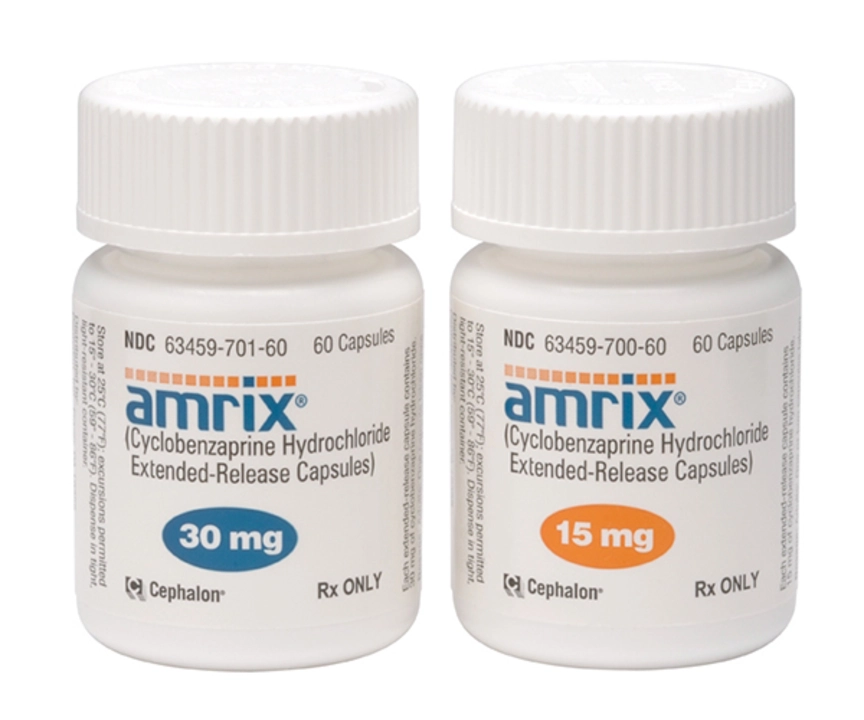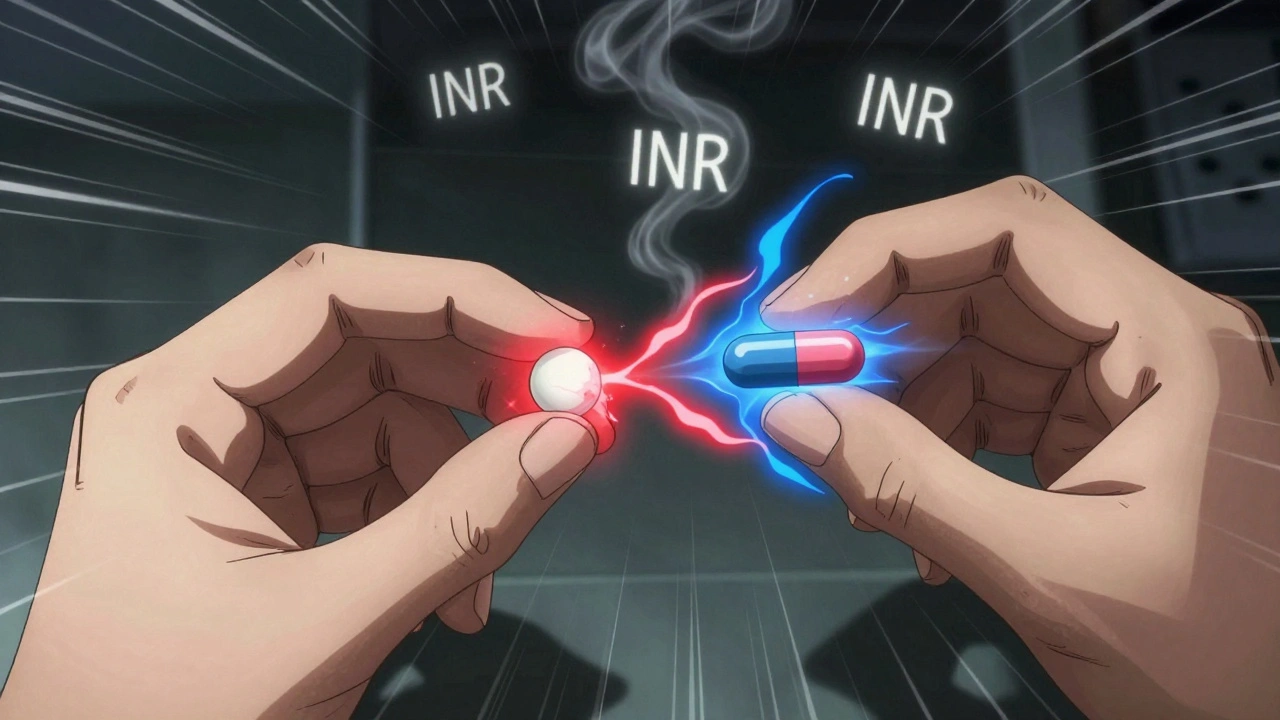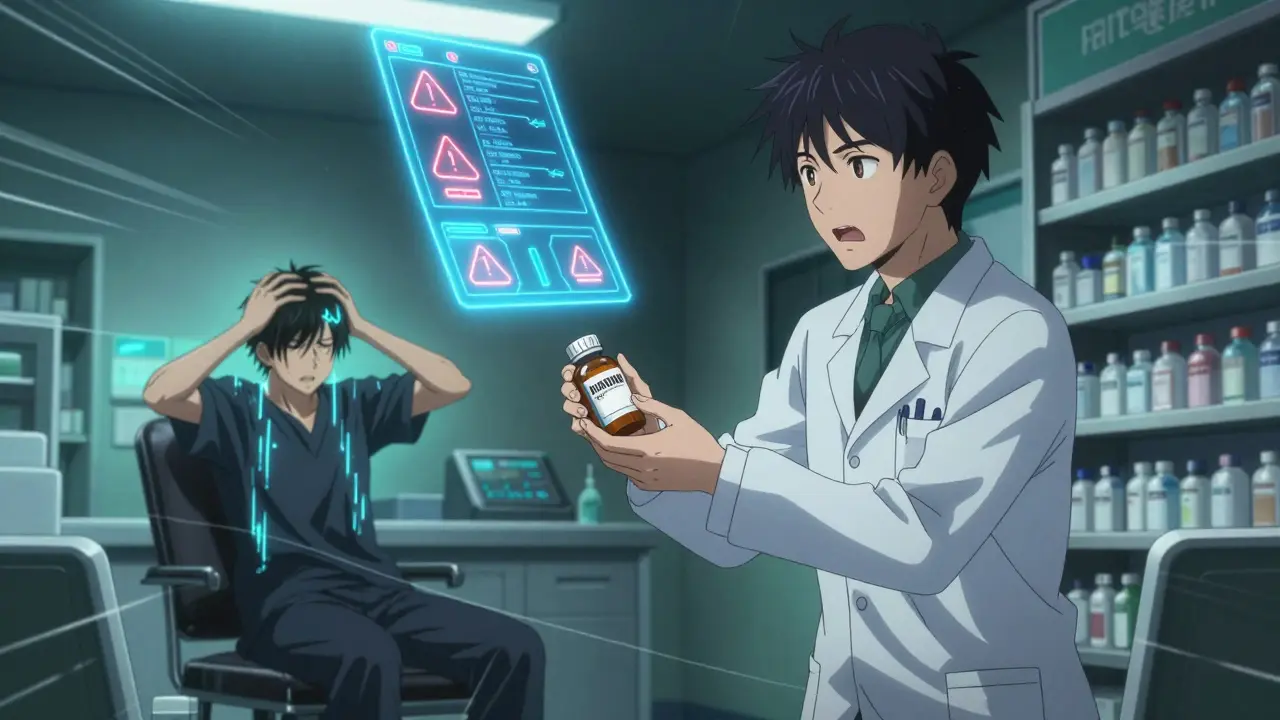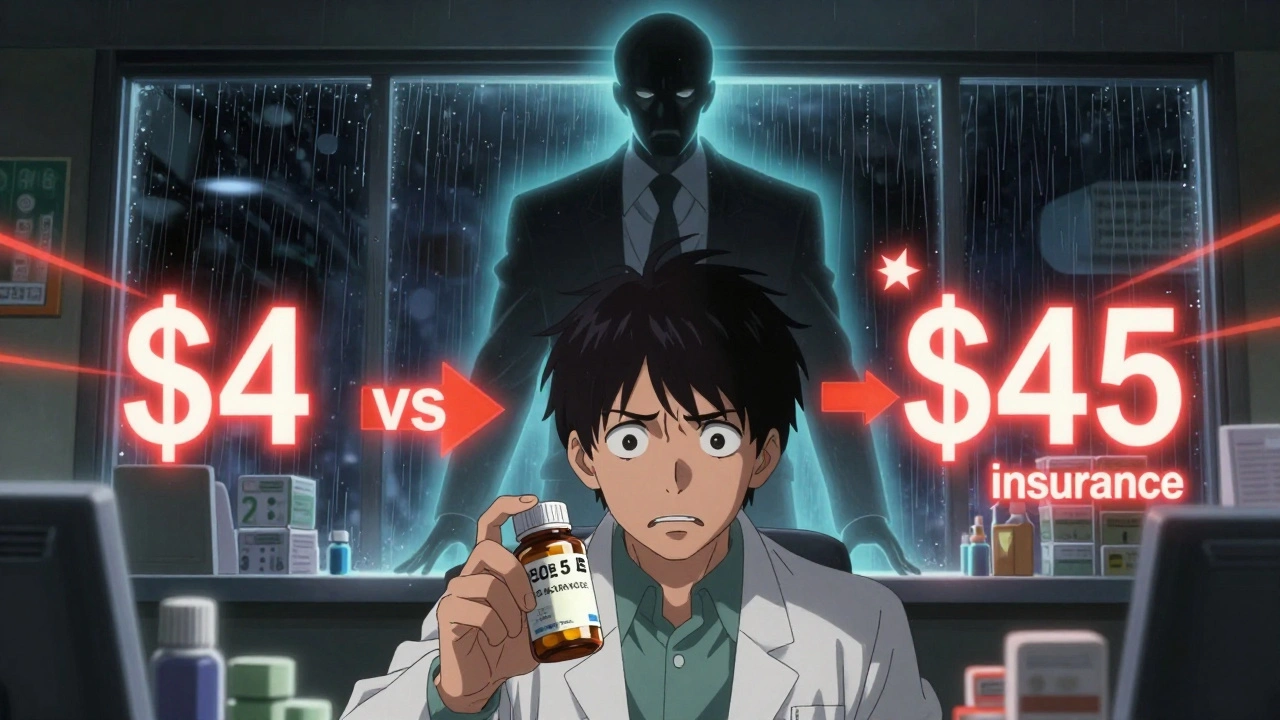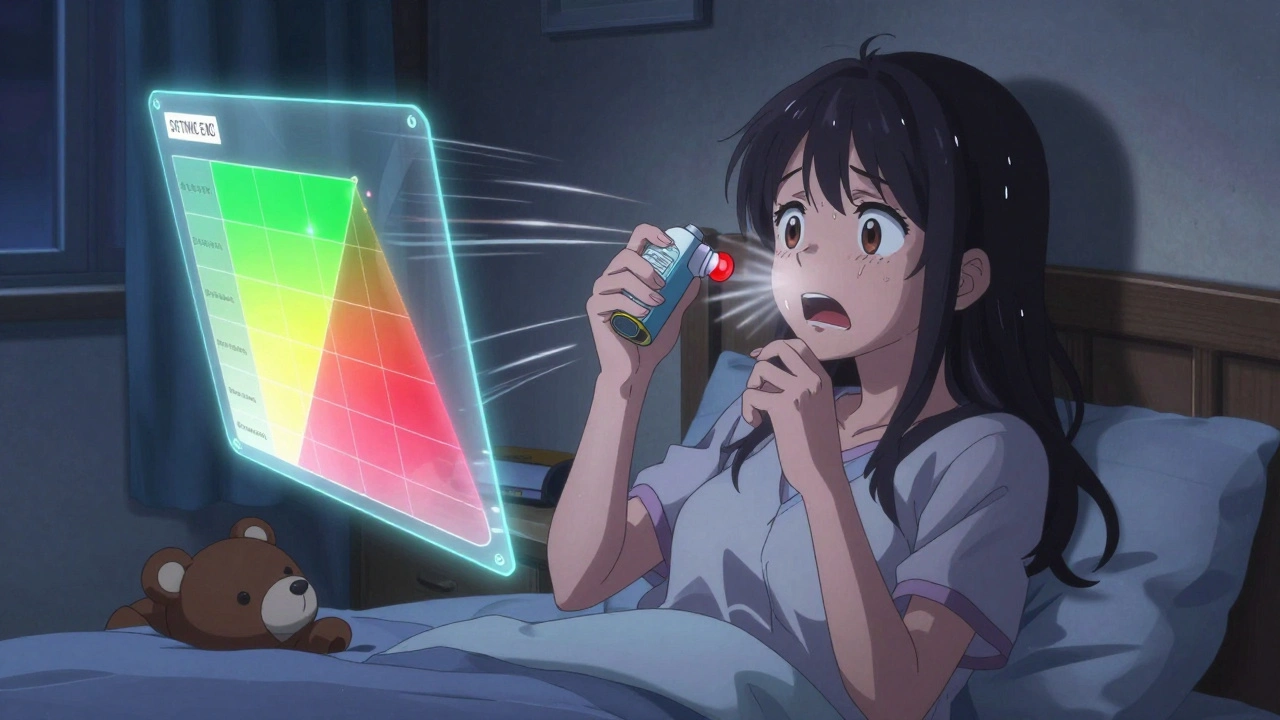Safely taper: simple, practical steps to reduce medication without unnecessary risk
Stopping or lowering a medication can feel scary. You want to avoid withdrawal, loss of symptom control, or harmful side effects. This page gives clear, practical steps you can use right away to plan a safe taper and talk with your healthcare team.
First things first: plan and talk
Before you change a dose, schedule a short conversation with your prescriber. Tell them why you want to taper, list symptoms you’re worried about, and ask for a written plan. A plan should name the drug, the current dose, the step-down amounts, and how long each step lasts. If you’re on long-term steroids (like prednisone) or certain seizure or psychiatric meds, your prescriber may want blood tests or a slower schedule. Don’t try to guess doses or stop cold if your doctor advises against it.
Keep a symptom diary. Note mood, sleep, pain, cravings, or any new physical symptoms. Bring that log to follow-up visits so your prescriber can adjust the taper. This makes the process safer and faster than guessing how you feel.
How to taper carefully — practical rules that work
Make small dose changes. Many people do better reducing in small steps (for example, 5–20% of the current dose) and holding that dose for at least a week or two. Smaller steps reduce withdrawal risk and let you stop earlier if symptoms appear. If symptoms worsen, your prescriber can pause or raise the dose back to the previous level.
Slow down for high-risk drugs. Certain medicines need extra caution: long-term corticosteroids (risk of adrenal insufficiency), benzodiazepines (seizures, severe anxiety), opioids (withdrawal and relapse risk), and some psychiatric meds (antidepressants, antipsychotics). For these, expect slower reductions and closer monitoring.
Use practical tools. Pill cutters, a weekly pill organizer, and clear labels help you hit exact doses. If your pharmacy can prepare taper packs, ask—pre-measured doses remove guesswork. Some meds allow splitting tablets, others require pharmacy compounding or liquid forms to get precise small reductions.
Watch for withdrawal vs. return of the original condition. Withdrawal symptoms may be new or different (flu-like symptoms, sleep disruption, anxiety spikes, electric-shock sensations with some antidepressants). Return of the original condition looks like the old symptoms coming back. Knowing the difference helps your prescriber decide whether to pause, slow the taper, or try a temporary supportive treatment.
Ask about supportive options. Short-term symptom control—like sleep aids, anti-nausea meds, or non-addictive pain strategies—can make tapering smoother. Lifestyle steps matter too: steady sleep, gentle exercise, hydration, and a simple stress plan (breathing, short walks) reduce discomfort during a taper.
If anything feels dangerous—severe dizziness, fainting, chest pain, thoughts of self-harm, or seizures—get medical help immediately. A safe taper is gradual, monitored, and adjusted to how you actually feel, not to a timeline you expect. Talk with your prescriber, bring your notes, and ask for clear next steps every time your dose changes.
How to safely taper off Cyclobenzaprine HCL
As a blogger, I've recently come across the topic of safely tapering off Cyclobenzaprine HCL, a muscle relaxant commonly prescribed for short-term use. To ensure a safe and smooth transition, it's crucial to consult with a healthcare professional before making any changes to your medication regime. They can provide a personalized tapering schedule based on factors like dosage and duration of use. During the process, it's important to monitor your body's response and report any adverse effects to your doctor. Remember, patience and open communication with your healthcare team are key to successfully tapering off Cyclobenzaprine HCL.

